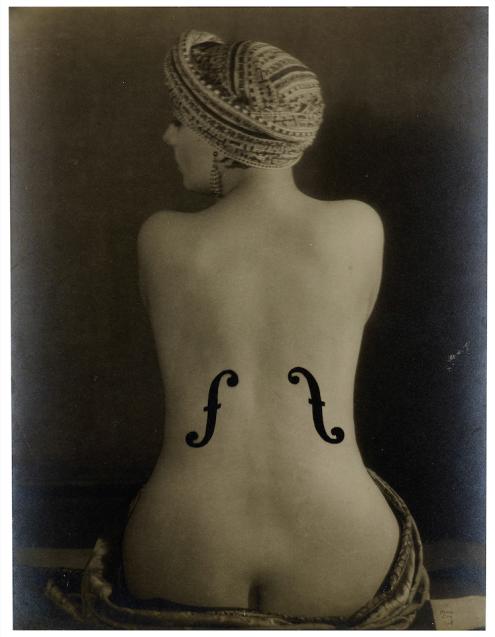New York’s Metropolitan Museum of Art received a landmark gift of 188 works by 37 key avant-garde art figures from ARTnews Top 200 collector and Met Museum trustee John Pritzker.
The Bluff Collection, as it is called, includes the likes of Man Ray, Jean Arp, Jean Crotti, Marcel Duchamp, Max Ernst, Francis Picabia, and Kurt Schwitters. It spans multiple mediums, including collages, paintings, photographs, objects, and works on paper, as well as rare exhibition catalogues and more than 100 publications on the Dada and Surrealist art movements.
Related Articles

The donation figures heavily into the museum’s upcoming exhibition “Man Ray: When Objects Dream,” with 35 works by the artist from the collection slated to be on view on September 14. With more than 160 pieces, the show charts Man Ray’s experimentation, primarily with the cameraless photograph known as the rayograph.
“John Pritzker’s remarkable collection of works by Man Ray, alongside works by artists in Man Ray’s close inner circle who were critically involved in the making of Dada and Surrealism, is truly unparalleled. It enhances our ability to offer a profound, more comprehensive view of these outstanding artists and enigmatic trailblazers of modernism whose bold and influential experimentation across media continues to fascinate and inspire,” Max Hollein, the Met director and CEO, said in a statement.
“This incredible promised gift arrives at a pivotal moment as we expand and invigorate our holdings in preparation for the opening of the Tang Wing for modern and contemporary art, and it further cements The Met as an essential destination for experiencing the full sweep of art history—from antiquity to the art of today,” he added.
Pritzker began assembling the Bluff Collection in the mid-1990s. It includes such singular examples of Man Ray’s work as Le violon d’Ingres (1924) depicting artist and performer Kiki de Montparnasse (Alice Prin) seated with her back to the viewer and fabric wrapped around her waist, which gives way to violin holes superimposed on her lower back.
Though that is likely the artist’s most recognizable piece, the collection includes others with Kiki de Montparnasse, among them, Torso (Retour á la raison), 1923; Noire et blanche (1926); and and L’homme (1918–20). Some notable collages also part of the collection are Trans Atlantic (1921) and Catherine Barometer (1920).
“For an artist as hard to pin down as Man Ray, John Pritzker captured the best of him in this collection. Man Ray and the artists included in the collection are some of the great experimenters, thinkers, and provocateurs of early modernism; this astounding collection traces the restlessness of Man Ray’s practice as well as the influences shared across a vibrant community of makers,” curator in charge of Modern and Contemporary Art, David Breslin, remarked.
Additionally important works in the collection include 11 works on paper and two portfolios by Marcel Duchamp, Max Ernst’s self-portrait collage The Punching Bag or The Immortality of Buonarroti (1920), and Dream of Tobias (1917) by Giorgio de Chirico. There is also a rich selection of photographs by Lee Miller, Charles Sheeler, and Edward Steichen, and ceramics by Beatrice Wood.
As part of the gift, the John Pritzker Family Fund will support a new research program at the Met to further research and programming on the Dada and Surrealist art movements.
Of his collection and donation, Pritzker said, “I’ve long been interested in the period between the world wars and the exciting community of artists involved in Dada and Surrealism. As I’ve built the collection, Man Ray has been a central figure, especially as a person who moved between groups and connected ideas. Artists in his circle, such as Marcel Duchamp and Francis Picabia, were, like Man Ray, instigators and innovators. Together, this group broke down barriers of what defined a painting, sculpture, text, or photograph, and more—what art itself could be. I am thrilled to share the collection, especially at this historic and groundbreaking moment for The Met.”

